Trains that transform mobility
In a world facing increasing environmental challenges, rail transport stands out as the most efficient and eco-friendly option. At CAF, our commitment goes beyond building trains and promoting sustainable transport. Our passion for innovation and respect for the environment drives us to create mobility solutions that change how people are transported.
We believe trains are more than just a means of transportation. They are a tool for promoting sustainability, efficiency, and social well-being, which is why our trains are aligned with sustainability principles. Through our high-efficiency traction technology, electric and hydrogen propulsion, and the use of recyclable materials, we strive to minimise environmental impact and maximise the energy efficiency of our products.
We provide safe, comfortable, and accessible mobility solutions for everyone. We are proud to lead rail transport towards a greener, more connected future, offering customers—and the wider world—an alternative that combines innovation with environmental responsibility.
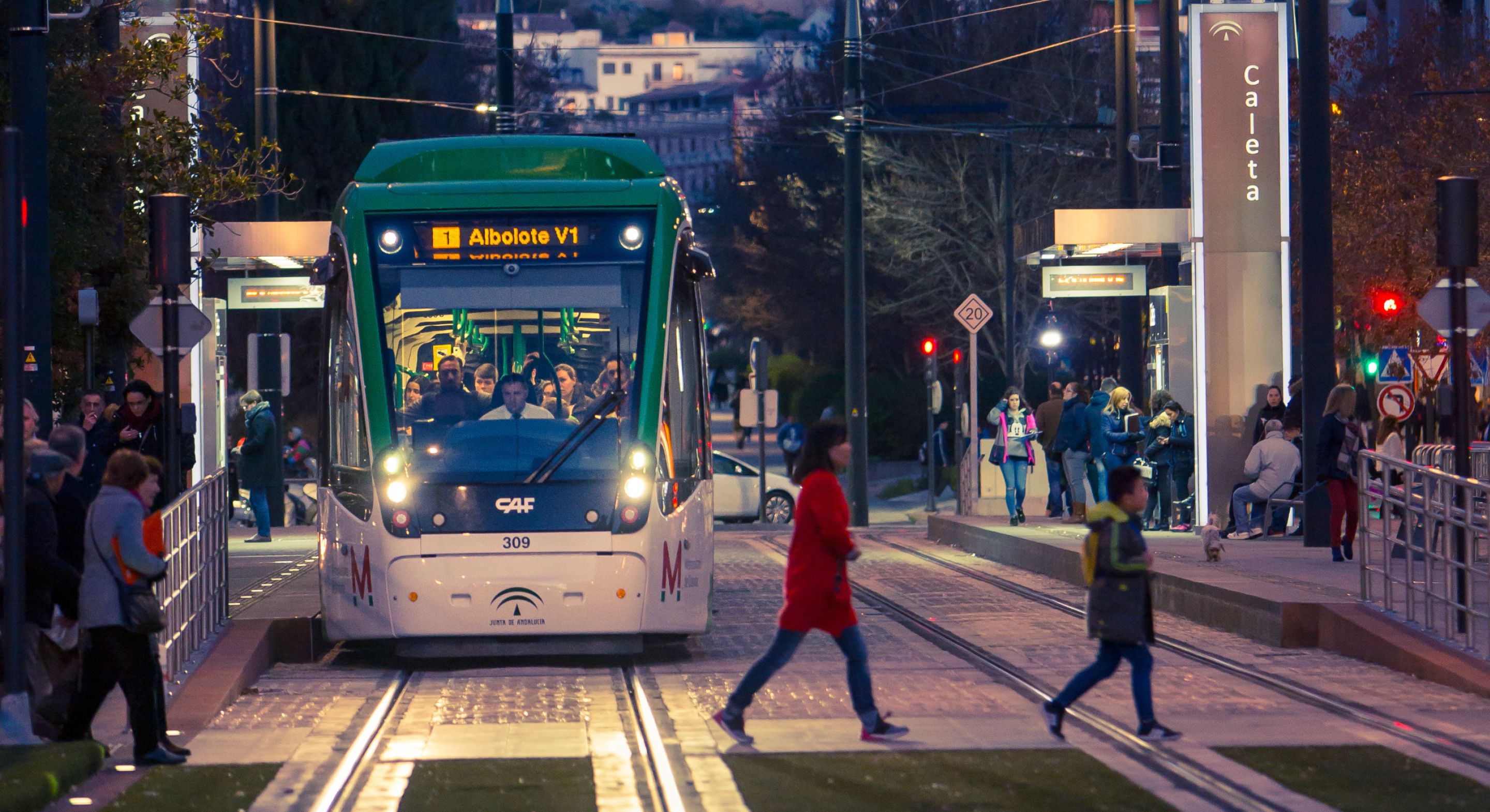
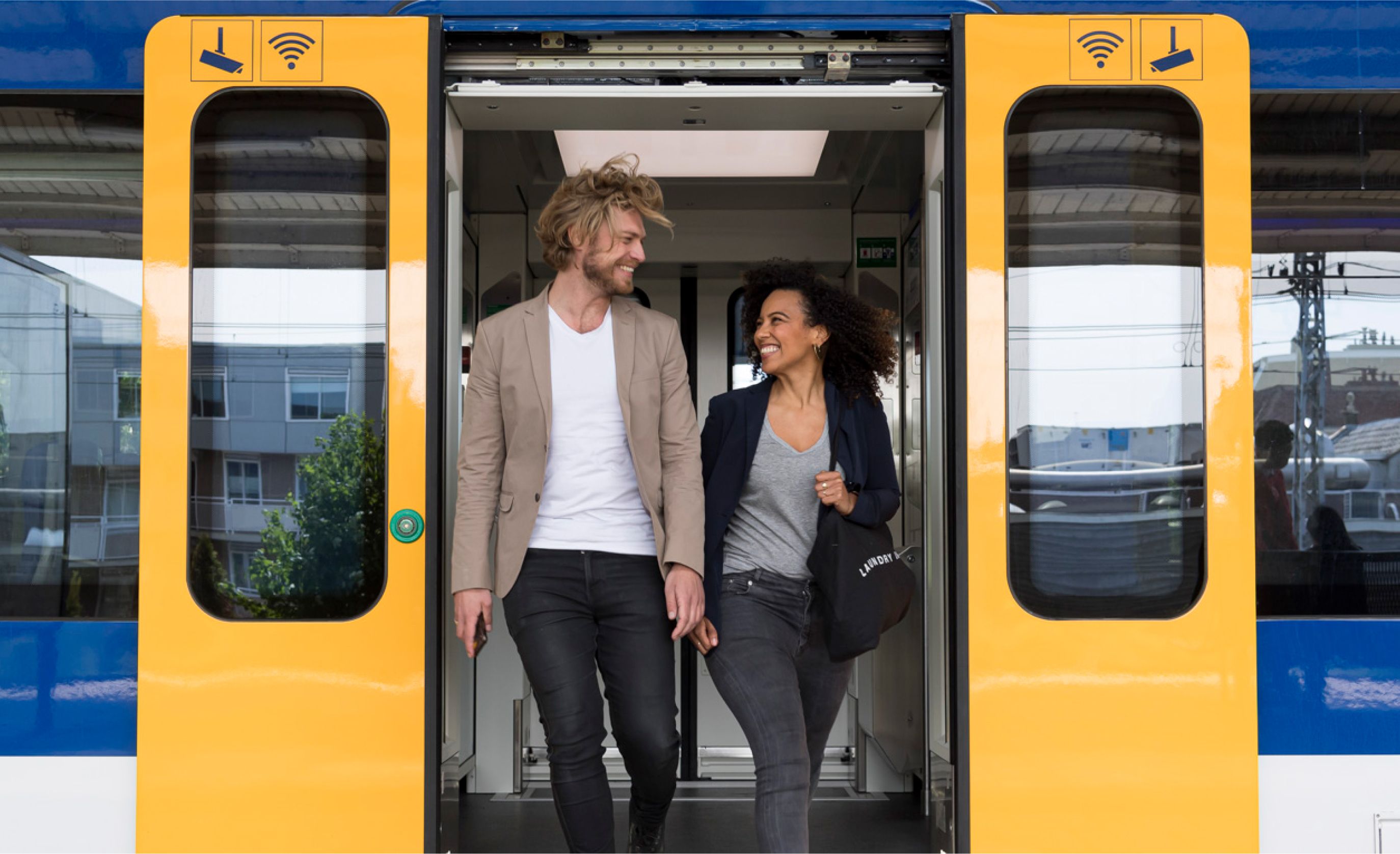
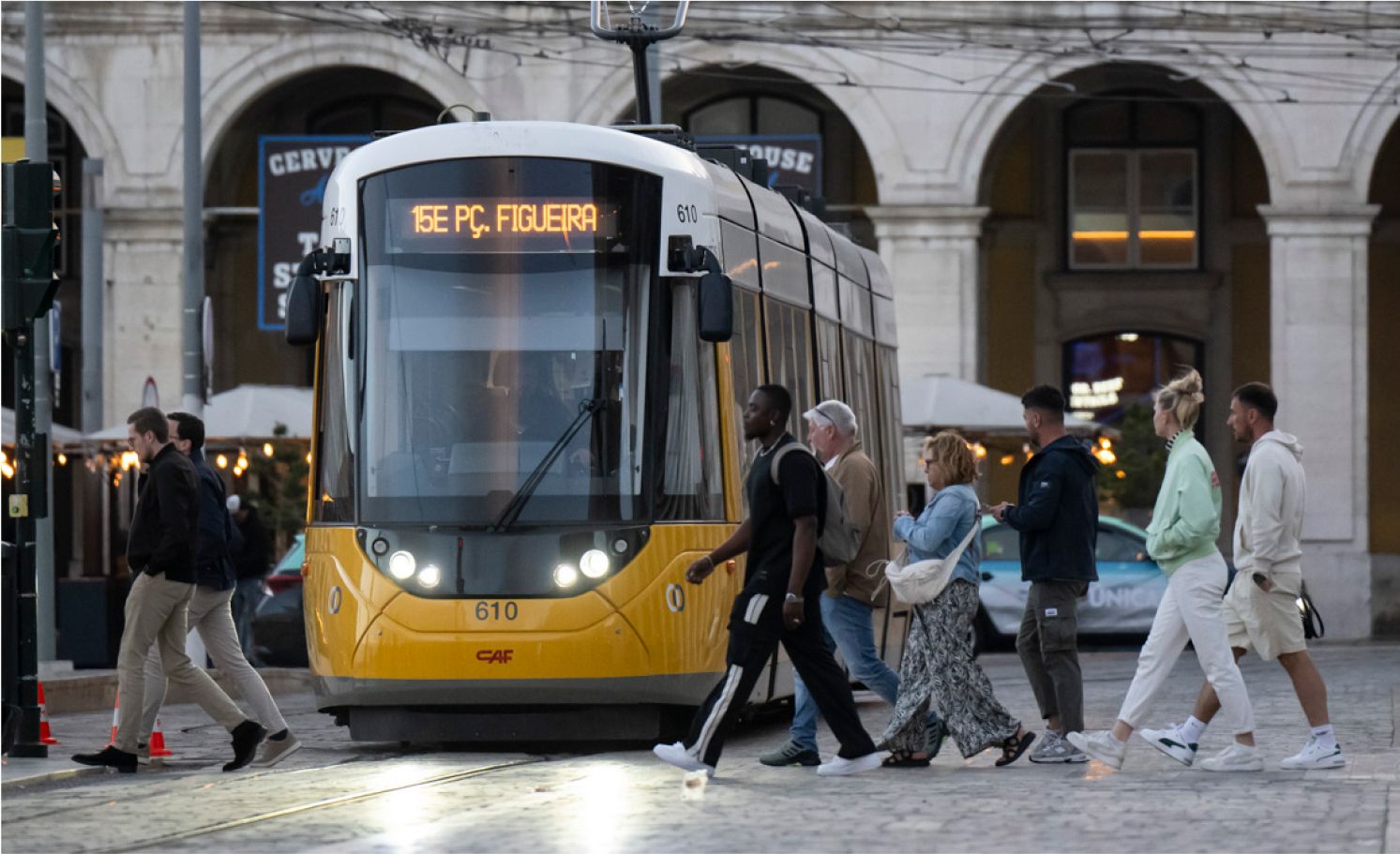
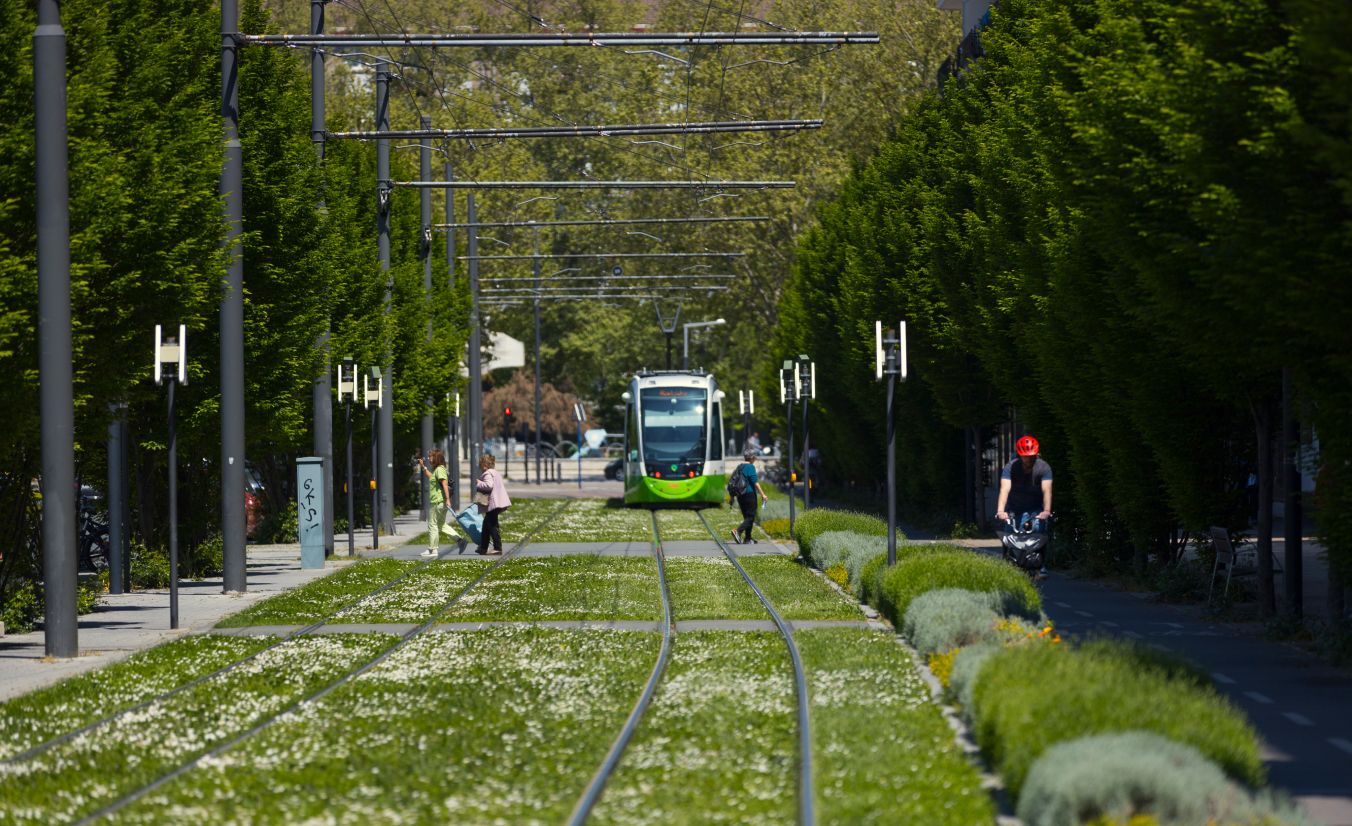
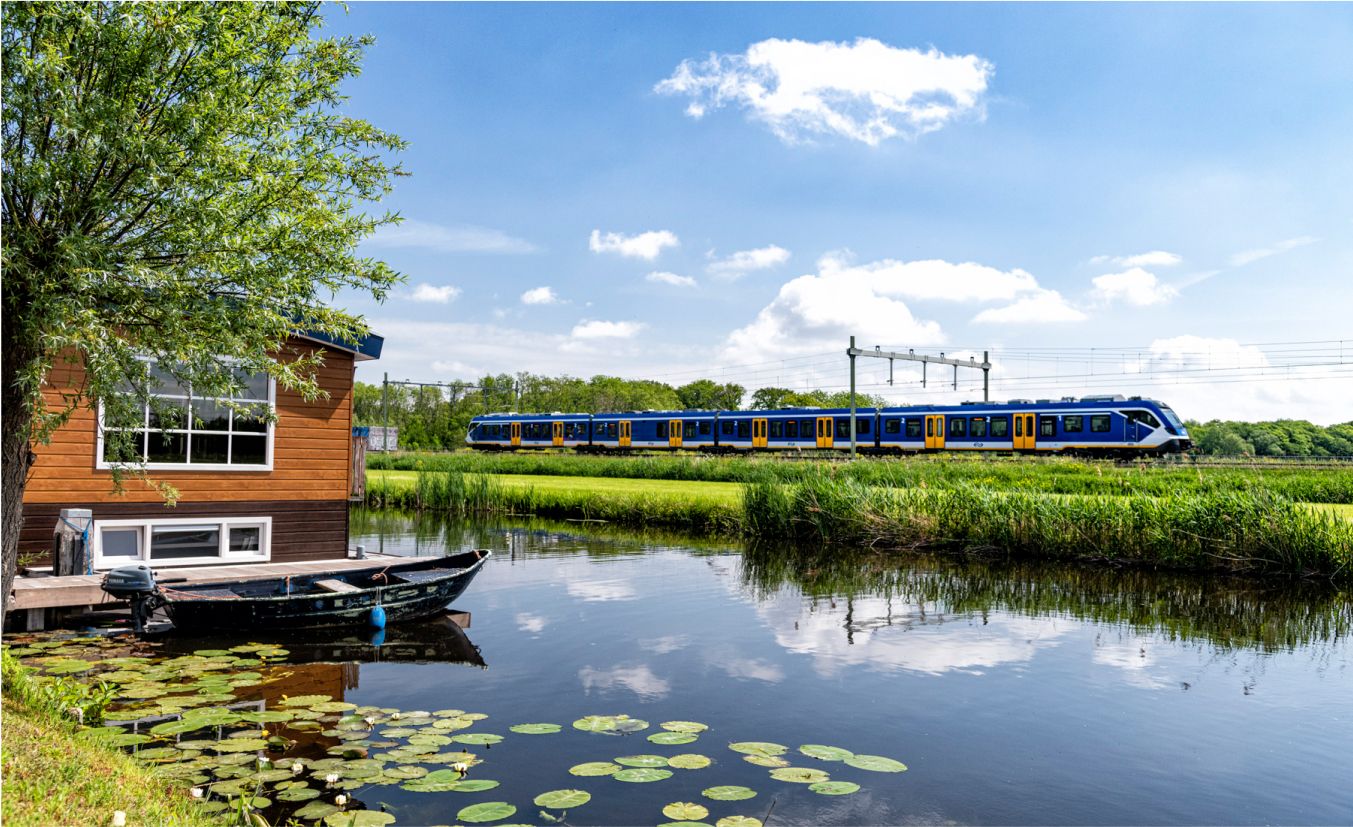
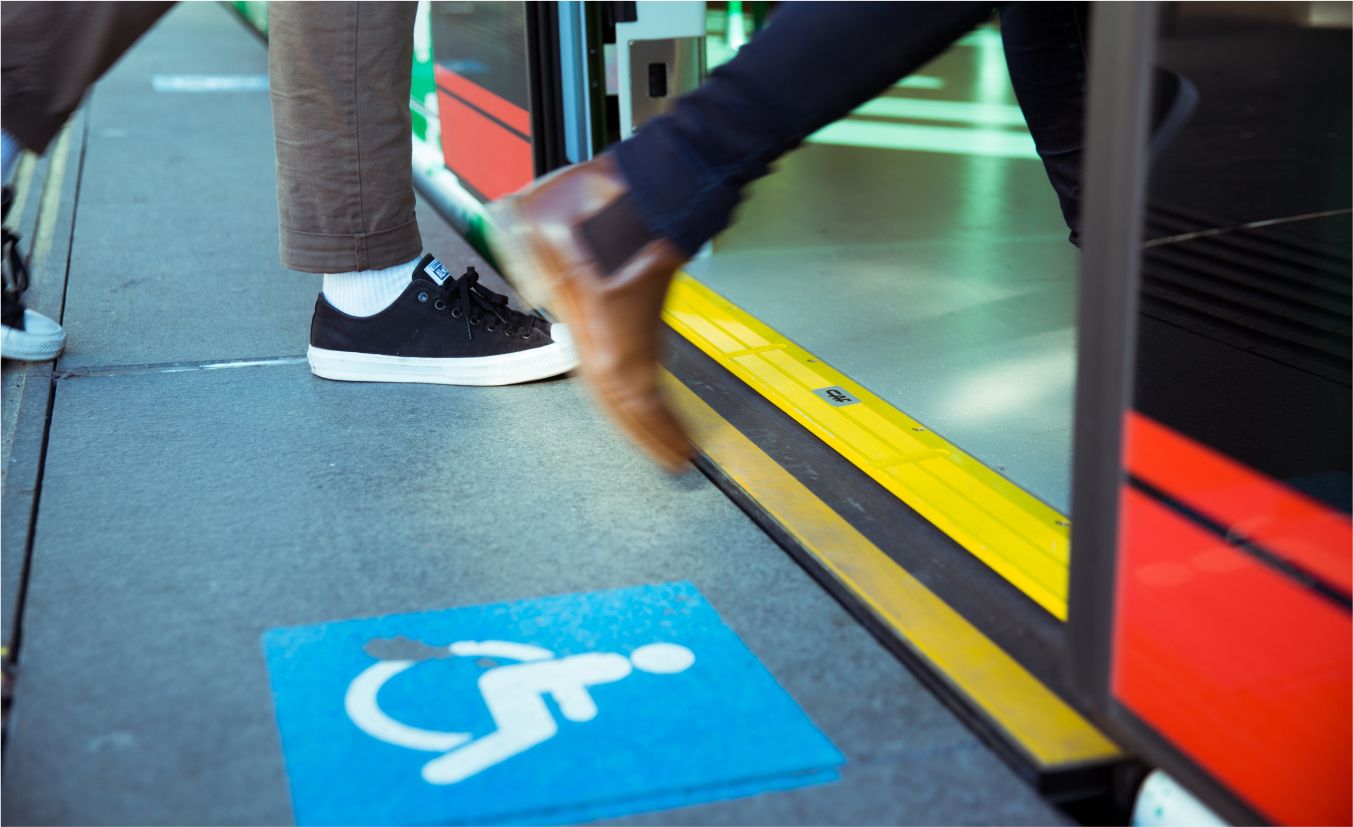

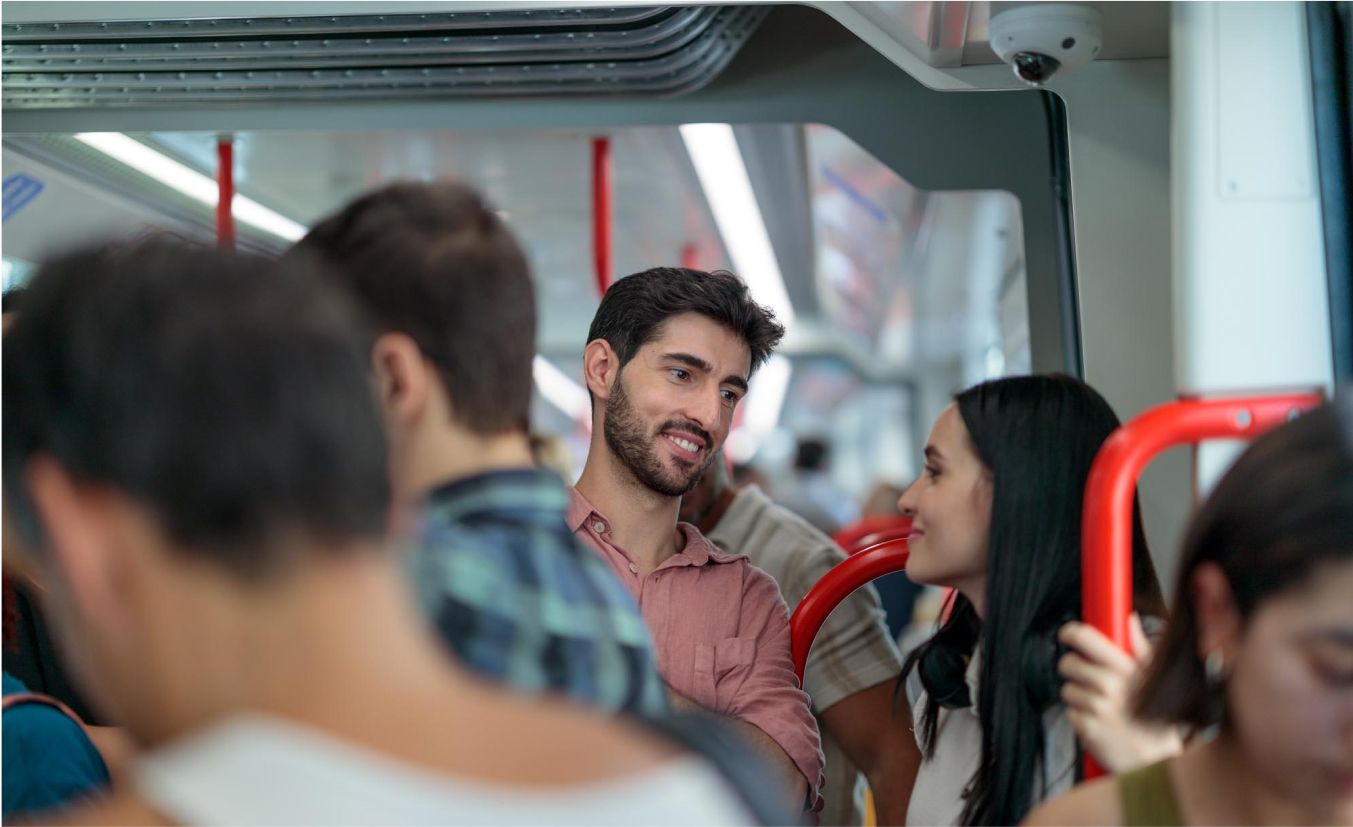
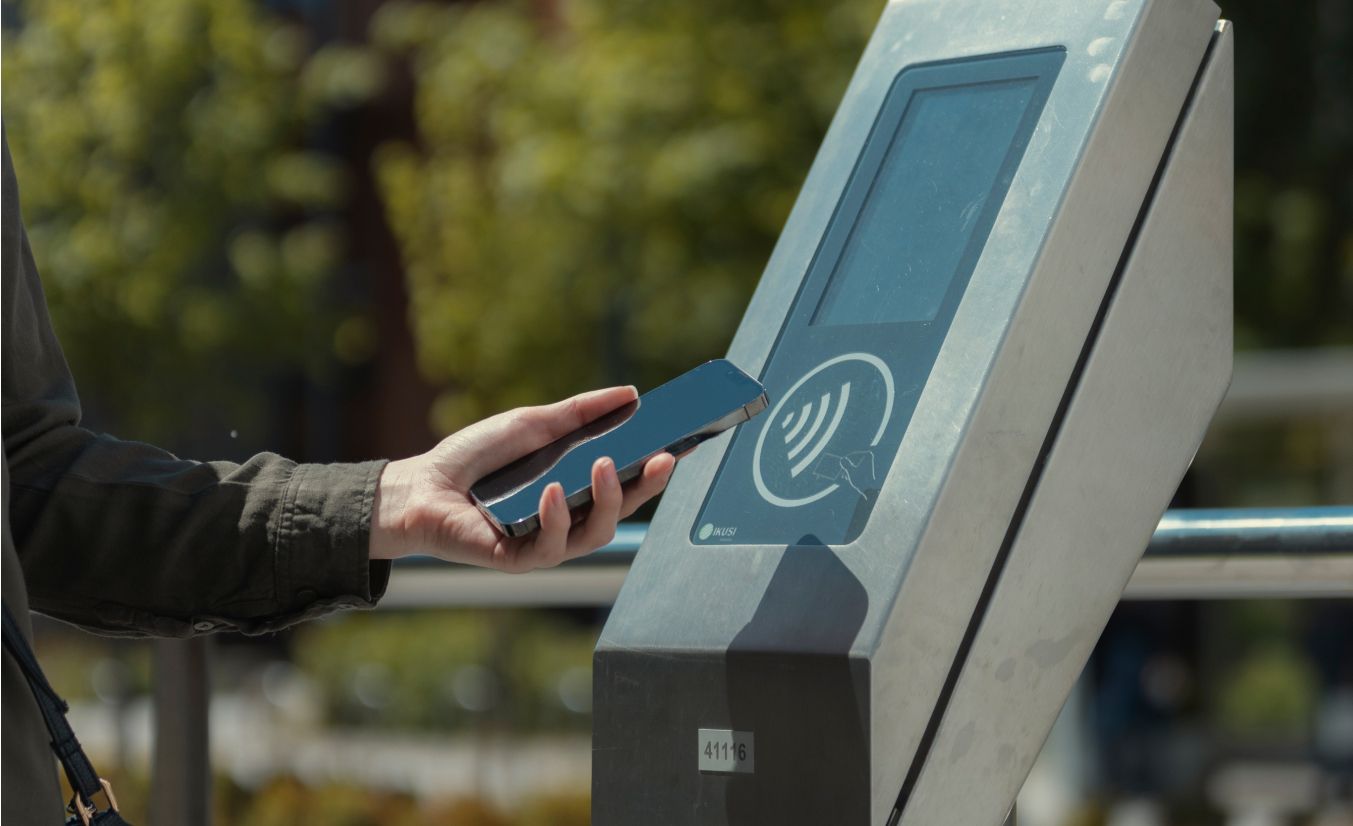
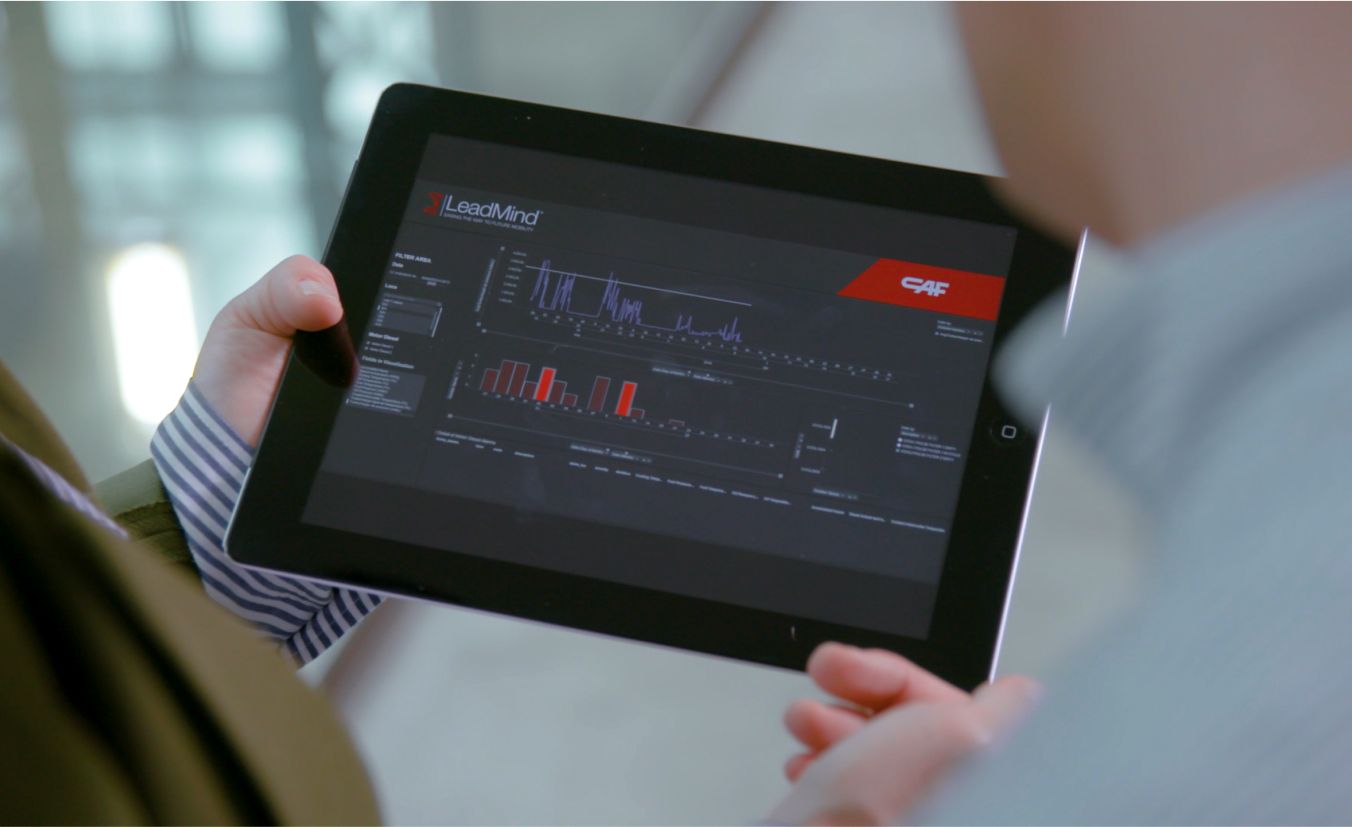
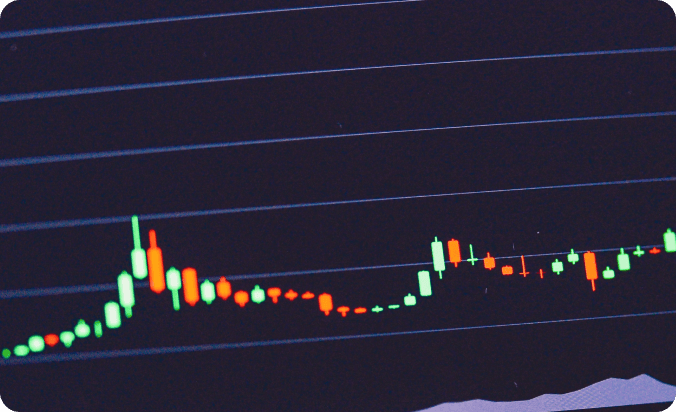

 .
.